6 Secrets to Hiring the Right UX/UI Design and Software Development Partner.
I recently spoke with a startup founder that reached out to me. Let’s call her Cheryl. Cheryl is passionate about teaching kids proper nutrition habits. So she decided to build a company around it and create an online game for school teachers and kids to learn about nutrition in a fun, engaging way.
The first step was to build a game MVP (Minimal Viable Product) and then start selling it directly to schools or use it to raise additional funds from the investors.
Cheryl is an expert in nutrition, but not an expert in technology. She had no idea how to pick a right UX/UI design and software development partner. Her first instinct was to find a freelance developer to offset the costs. Cheryl interviews several developers who all sounded great and were eager to start. So she picked a person that seemed the most convincing and kicked off work.
The first version of the app was going to be for the Android phone.
“Why did you decide to go with the Android,” I asked.
“I don’t know. The developer just recommended it,” she replied.
After the project began, Cheryl started noticing that things did not go as well as she expected — the developer wasn’t communicating clearly, he was slow to reply to her questions, and dropped a lot of technical jargon that didn’t make sense to her.
The Android app ended up being not designed well and had a ton of bugs.
Cheryl couldn’t take this unfinished product to school or investors. Users did not have a great experience and were abandoning the app after a few tries.
On top of that, she spent thousands of dollars and lost six months on the product that was useless.
After getting burned the first time, Cheryl needed to find a new development team. This time she decided to hire a company instead of a single developer.
With the new software firm, the work started on the right foot — communication was on point, and the project was moving along nicely. Everything was going well but… this development firm was specializing in backend technology that wasn’t commonly used in the tech industry. And since that’s the technology that developers were most comfortable with, they insisted that it would be the best route to go (spoiler alert — it wasn’t). Things started going south again — the development timeline was extending, the number of bugs that needed to be addressed was growing, and so did the cost of the project.
Cheryl had to make an executive decision, stop the work, and accept the project as-is. It was better than the first version but still far from the marketable product — UI design wasn’t exciting or modern, the app was taking too long to load, and the mass market did not support technology that was used for the development. Cheryl had to go back to square one, and this is when our paths crossed.
It hurts me every single time when I hear the stories of startup founders that get burned or get taken advantage of.
Many startup founders that had a poor experience with their development team share the same struggles:
- Communication wasn’t clear or timely
- Development firm wasn’t advising on the best course of action and expected the founder to guide the process (and manage the project at times)
- UX/UI design didn’t appeal to the end-user
- The quality of the code was sub-par, or proposed technologies were hard to support
- The application wasn’t built to scale for the future growth
If I’ve met Genie, my wish (besides world peace) would be for the startup founders to find the perfect design and development team every time.
After being in the tech industry for over ten years and hearing all sorts of horror stories, these are 6 core principles that I discovered that could help you determine if the company would be a reliable partner for your project:
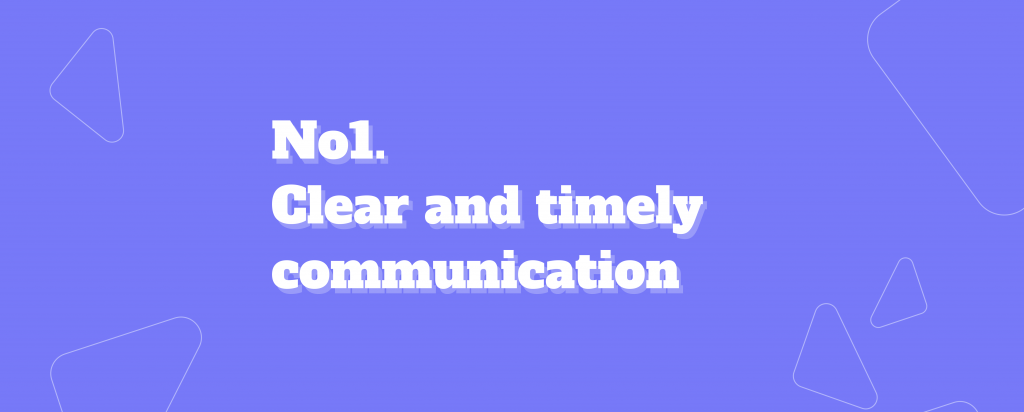
It’s better to over-communicate
Every successful project starts with excellent communication on both the developer’s and the client’s side. If you’re going through the discovery phase and already feel that you’re getting a lot of friction trying to reach the project manager or get information from them, then you should stir clear. The first impression is critical, and it won’t get better after you sign a contract.
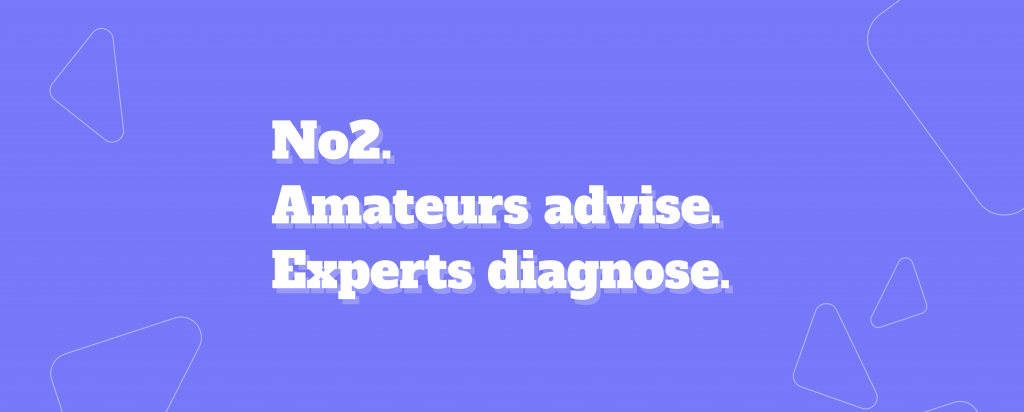
If you think it’s expensive to hire a professional, wait until you hire an amateur
Many companies have this problem — they offer you an estimate or propose a solution without fully understanding the nature of your project or the problem. It’s like having a doctor prescribing you the medicine without running any tests. They might get it right by pure luck, but most likely not. Same with the software development.
The experienced development company will look beyond “I need to get this done” step. They will ask probing questions or schedule a Discovery phase to uncover the big picture, understand your business goals, and user pain points.
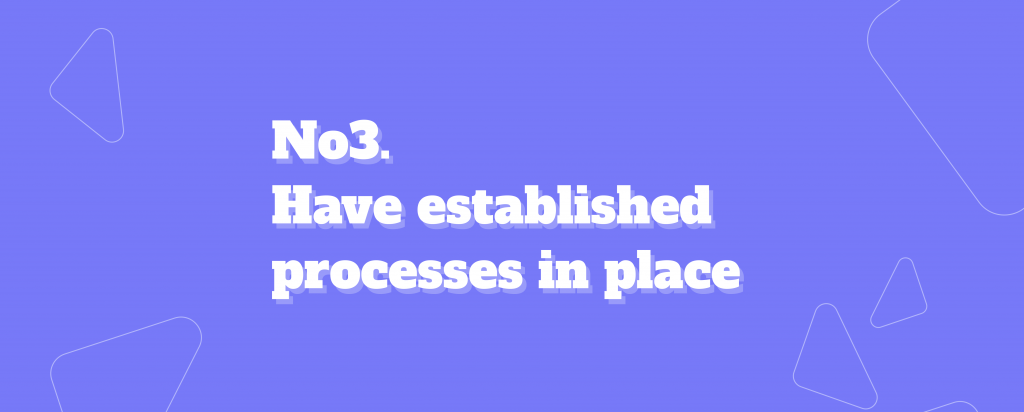
Love thy processes
The key component of delivering high-quality products every single time is having tested processes in place for every step of the project — from client discovery to the launch. Each project involves multiple people working on it together. What exactly would be the quality of the products and services if design, engineering, and technology people just started slapping parts of code together? The quality of the product would be mediocre.
Companies that deliver high-quality results every single time know that consistent activities produce consistent results.
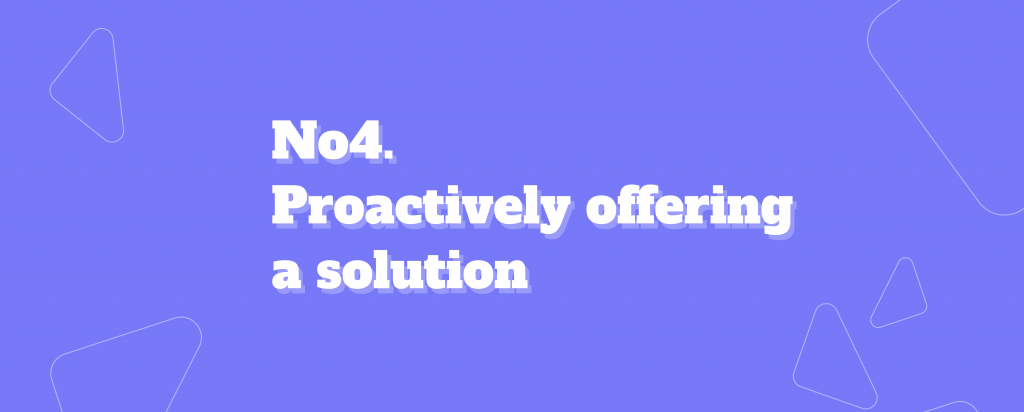
…instead of waiting for you to suggest one
When you hire a development firm, you are not adding another person to your team to take and execute the orders. You bring on board design and technology partner whom you hired for their expertise in the domain. You should expect them to lead the way and offer solutions based on their experience.
If the company that you work with is treating your suggestions as a direct order without questioning the reason behind it, then you are on the direct course to failure.
Because now you become the expert, and the final product would be only as good as your ideas. You don’t hire a development firm to strictly implement solutions (in this case, you’d be better off by hiring a freelancer) but rather guide you through the process and suggest the best course of action.

Show me what you got
Before hiring someone, you’ll be researching the best development partner (I hope you do!). The best way to learn about the company’s processes and see how they approach a problem and come up with a solution is to read their case studies. This is where you can take a look behind the scenes and get an idea of what it’s like to work with the team.
What you should look for in a great project case study is an initial problem overview, client’s challenges, and how the team was able to overcome them and then, at last, the final solution.
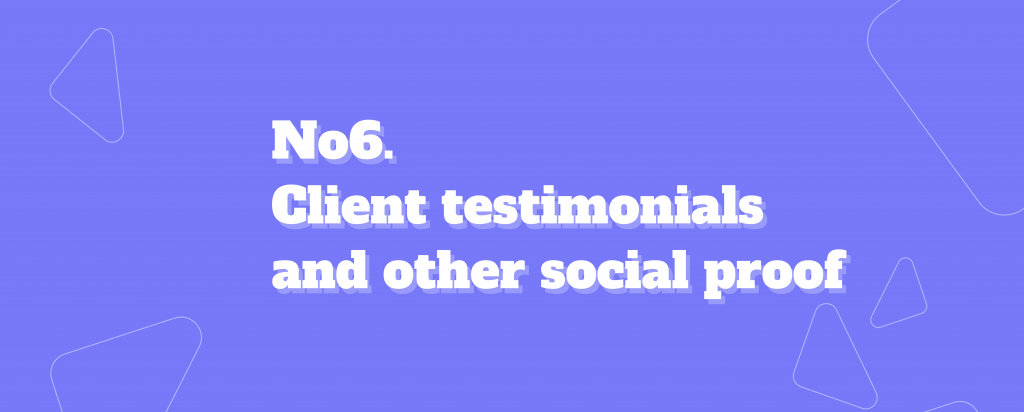
The proof is in the pudding
We live in the age of social proof economics. It’s expected from the companies to have online testimonials, and other types of confirmation from the existing customers that the work has been done well, and clients are happy with the results.
If you don’t see reviews about the company on such websites like Clutch or Google Business, ask for three references and talk to the customers directly to hear about their firsthand experience.